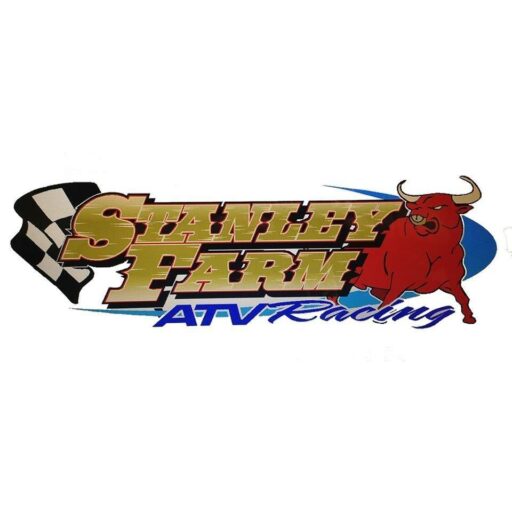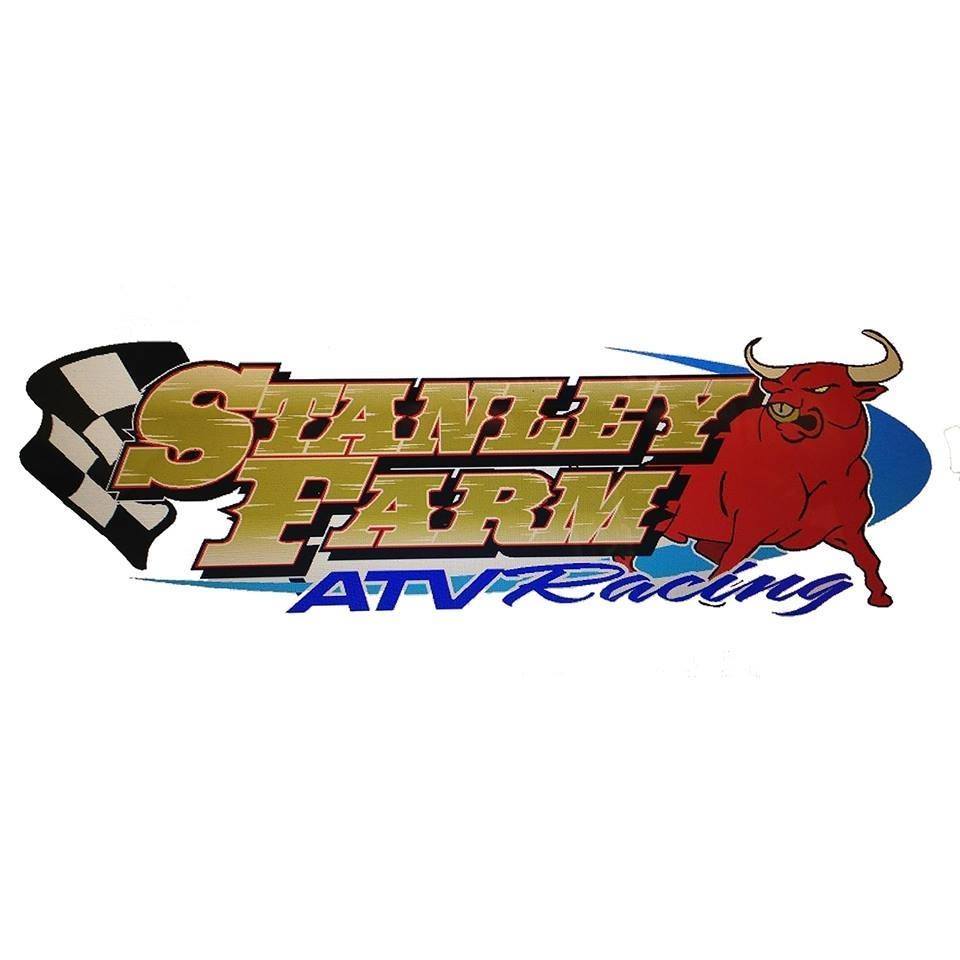Introduction
If you’re working the fields or navigating swampy trails on your ATV, nothing matters more than traction. When mud turns your tractor-like machine into a slippery slip ‘n slide, the right tires can be the difference between cruising through and getting stuck. In this guide, we’ll explore 10 top tire options for farm ATVs in muddy conditions, show you what factors to weigh, and help you pick the best setup for your rig. Whether you’re pushing hay bales or inspecting fence lines, these tires will keep you rolling.
Why Choosing the Right Tires Matters for Farm ATVs in Muddy Conditions
Benefits of Specialized Mud Tires
Specialized mud tires feature aggressive tread patterns and reinforced sidewalls, designed to dig into slippery surfaces and self‑clean as you roll. Opting for the right mud tire can:
- Boost Productivity: Spend less time stuck and more time farming.
- Enhance Safety: Better grip reduces slip hazards when hauling heavy loads.
- Protect Your ATV: Quality construction wards off punctures and abrasions.
Risks of Using Standard ATV Tires
Standard all‑terrain tires simply don’t cut it in deep mud. You’ll face:
- Loss of Control: Wobbling, fishtailing, or side-slipping on slick banks.
- Higher Wear: Treads clog with muck and wear prematurely.
- Frequent Downtime: Winching yourself free eats into your workday.
Factor 1: Tire Tread Pattern for Muddy Conditions
Paddle-Style Treads
Paddle tires use wide scoop-like lugs to fling mud behind you, ideal for deep muck. They’re sometimes called “mud scoops.”
Deep Lugs vs. Shallow Lugs
- Deep Lugs: Excellent bite but can slow steering response.
- Shallow Lugs: Faster rolling and sharper turning, but less grip in sludge.
Aggressive Lug Patterns
Aggressive lug tires use multiple, sharp-edged knobs. They dig into uneven ground for traction, working well when fields shift between mud and grass.
Factor 2: Tire Construction and Durability
Radial vs. Bias-Ply Tires
- Radial Tires: Offer a smoother ride and better heat dissipation.
- Bias-Ply Tires: More sidewall flex, offering softer feel and extra puncture resistance in rocky mud banks.
Reinforced Sidewalls for Off‑Road Farming
Farming trails hide stumps, rocks, and debris. Look for sidewalls with steel belts or thick rubber to resist tears and impacts. Many heavy‑duty ATVs demand this extra armor.

Factor 3: Tire Size and Fitment on Farm ATVs
Understanding ATV Tire Sizing
Tire sizes such as 25×8-12 denote:
- 25 = overall diameter in inches
- 8 = tread width
- 12 = wheel diameter
Choosing the correct size ensures clearance for suspension travel and no rubbing against your fenders or ATV accessories.
Impact on Traction and Stability
Wider tires float over soft ground; taller tires roll over obstacles easier. But bigger tires may affect handling and acceleration. Balance is key.
Factor 4: Brand Reputation and Warranty
Top ATV Tire Brands for Mud
Leading brands like MaxMud, TerraTrek, and FarmGrip are renowned for reliability in farm‑grade conditions. Check the latest 2025 models to see what’s new this season.
Warranty and Maintenance & Repairs
A robust warranty and easy replacement policy are invaluable. Before you buy, review the tire’s warranty and check out our maintenance & repairs guide so you know what to expect down the road.
Factor 5: Eco‑Friendly Tire Options
Eco-Farming Tire Technologies
For the sustainability-minded farmer, some tires use bio‑based rubber compounds reducing petroleum use. These eco‑farming tires offer comparable performance with a softer footprint on soil health. Explore our eco-farming insights.
Green Tech Innovations
Tire makers are experimenting with renewable materials and greener manufacturing. Look for “green tech” labels that certify reduced environmental impact. Read more about green tech on our site.
Top 10 Tire Options for Farm ATVs in Muddy Conditions
Below are the 10 best tire options we recommend for tackling mud on your farm ATV.
1. MuddMaster Pro
Key Features
- Paddle‑style deep lugs
- Bias‑ply construction
- Reinforced sidewalls
Pros & Cons
- Pros: Outstanding deep‑mud traction; durable under heavy loads
- Cons: Slower steering in firm ground; higher price point
2. SwampCrawler XTR
Key Features
- Aggressive lug pattern with sipes
- Radial design for smoother ride
- Self‑cleaning tread channels
Pros & Cons
- Pros: Balanced on mud and hardpack; easy maneuvering
- Cons: Slightly less deep‑mud bite than paddles
3. TerraGrip MudKing
Key Features
- Hybrid paddle‑and‑lug design
- Multi‑ply sidewall for puncture resistance
- UV‑resistant rubber compound
Pros & Cons
- Pros: Versatile traction; long tread life
- Cons: Mid‑range steering responsiveness
4. FarmTrax DeepLug
Key Features
- Extra‑deep directional lugs
- Bias‑ply with steel belt reinforcement
- Wide footprint for floatation
Pros & Cons
- Pros: Exceptional for water‑logged fields; very durable
- Cons: Adds rolling resistance on hard surfaces
5. AgroPaddle Evolution
Key Features
- Innovative dual‑paddle design
- Polymer‑reinforced shoulders
- Quick‑release mounting compatibility
Pros & Cons
- Pros: Rapid mud ejection; easy install with ATV attachments
- Cons: Heaviest of the group
6. MudRider Elite
Key Features
- Asymmetrical lug pattern for cornering
- Radial carcass for ride comfort
- Integrated rim guard
Pros & Cons
- Pros: Great handling; protects wheels from brush
- Cons: Moderate deep‑mud performance
7. TrackerMax MudSlinger
Key Features
- High‑bite hexagonal lugs
- Thick sidewall ribs
- Designed for off‑road farming
Pros & Cons
- Pros: Excellent on rocky mud; stable at speed
- Cons: Louder on pavement
8. HarvestHaul Gladiator
Key Features
- Dual‑compound rubber for durability
- Paddle tips with serrated edges
- Extra‑wide platform
Pros & Cons
- Pros: Floats over soft soil; strong lug retention
- Cons: Slightly reduced hardpack grip
9. SwampKing Ultra
Key Features
- Triple‑layer bias‑ply build
- Self‑cleaning, open‑slot tread design
- Molded wear‑bars for life‑tracking
Pros & Cons
- Pros: Easy maintenance; predictable wear pattern
- Cons: Heavier than radial options
10. GreenField EcoMud
Key Features
- Bio‑rubber paddle lugs
- Compostable inner liner
- Reduced‑noise tread pattern
Pros & Cons
- Pros: Eco‑friendly; quieter ride
- Cons: New technology—limited field data
Installation and Maintenance Tips
Simple Mounting Steps (How‑To Guides)
- Prepare Your ATV Rack: Clear mud and debris off the mounting area.
- Align the Tire: Match lug orientation to the travel direction.
- Hand‑Tighten First: Secure bolts by hand before torquing to spec.
- Test Ride: Drive slowly to confirm stability and clearance.
Keeping a Maintenance Log
- Record installation date, tire pressures, and tread depth monthly.
- Note any cuts, punctures, or unusual wear.
- Rotate tires front‑to‑rear every 200 hours of use for even wear.
Conclusion
Navigating muddy fields on your farm ATV demands tires that bite, float, and last. From paddle‑tread masters like the MuddMaster Pro to eco‑focused GreenField EcoMud, these 10 top tire options cover every budget and terrain. Factor in tread pattern, construction, size, brand warranty, and even eco‑credentials to pick the ideal match for your needs. With the right tires and simple maintenance—backed by our maintenance & repairs advice—you’ll stay stuck no more and keep your productivity gear rolling strong all season.
FAQs
1. How often should I check my ATV tire pressure in muddy conditions?
Aim to check weekly or before every long outing; mud can mask slow leaks.
2. Can I use these mud tires year-round?
While they excel in mud, some (like paddle designs) may reduce performance on hardpack—consider swapping seasonally.
3. Are radial tires always better than bias‑ply for mud?
Radials offer a smoother ride, but bias‑ply often provides tougher sidewalls—choose based on terrain hazards.
4. How do I dispose of old ATV tires responsibly?
Many scrap yards or farm equipment dealers recycle used tires—ask locally for eco‑friendly options.
5. What’s the ideal tire width for muddy farm trails?
Wider tires (8–10 inches) help “float” on soft ground, reducing sink-in.
6. Do mud tires require different tire pressure?
Often run a few PSI lower (4–6 PSI) to increase the contact patch—just avoid going too low to prevent bead slip.
7. Where can I find affordable ATV models compatible with these tires?
Browse our affordable ATVs section to match rigs with ideal tire applications.


